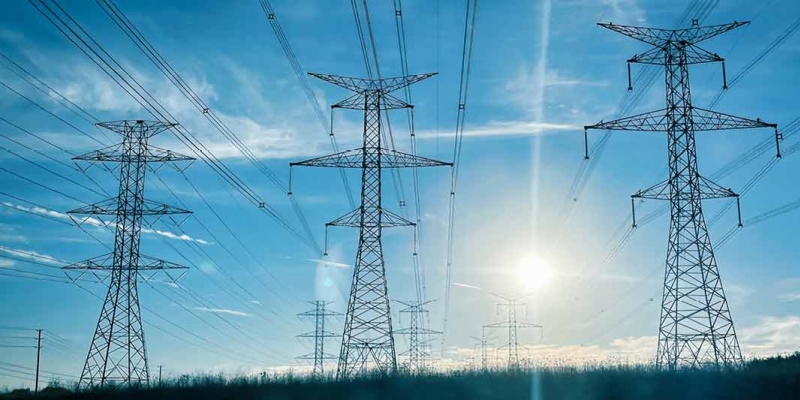By Elmira Aliakbari and Jock Finlayson

- This essay examines the implications of decarbonizing Canada’s electricity grid by replacing existing fossil fuel-based generation with clean energy sources.
- In 2023, clean energy sources—including hydro, nuclear, and wind—produced 497.6 terawatt hours (TWh) of electricity, accounting for nearly 81% of Canada’s total supply, while fossil fuels contributed 117.7 TWh (19.1%). To replace this fossil fuel generation with hydro power alone would require about 23 large projects similar to BC’s Site C or 24 like Newfoundland & Labrador’s Muskrat Falls. Using nuclear power would necessitate building 2.3 facilities equivalent to Ontario’s Bruce Power or 4.3 similar to Darlington Nuclear Generating Station.
- The process of planning and constructing electricity generation facilities in Canada is complex and time-consuming, often marked by delays, regulatory hurdles, and significant cost overruns. For example, the BC Site C project took approximately 43 years from the initial feasibility and planning studies in 1971 to receive environmental certification in 2014, with completion expected in 2025 at a cost of $16 billion.
- Land requirements for new electricity generation facilities are also significant; replacing 117.7 TWh of fossil fuel-based electricity with hydro power, for instance, would need approximately 26,345 square kilometers, nearly half the size of Nova Scotia.
- The slow pace of regulatory approvals, high and rising costs of major energy projects, substantial land requirements, and public opposition to project siting all cast doubt on the feasibility of achieving the necessary clean electricity infrastructure in the coming decade to fully replace fossil fuels in Canada.
More from this study:
Share This:





 CDN NEWS |
CDN NEWS |  US NEWS
US NEWS 




























